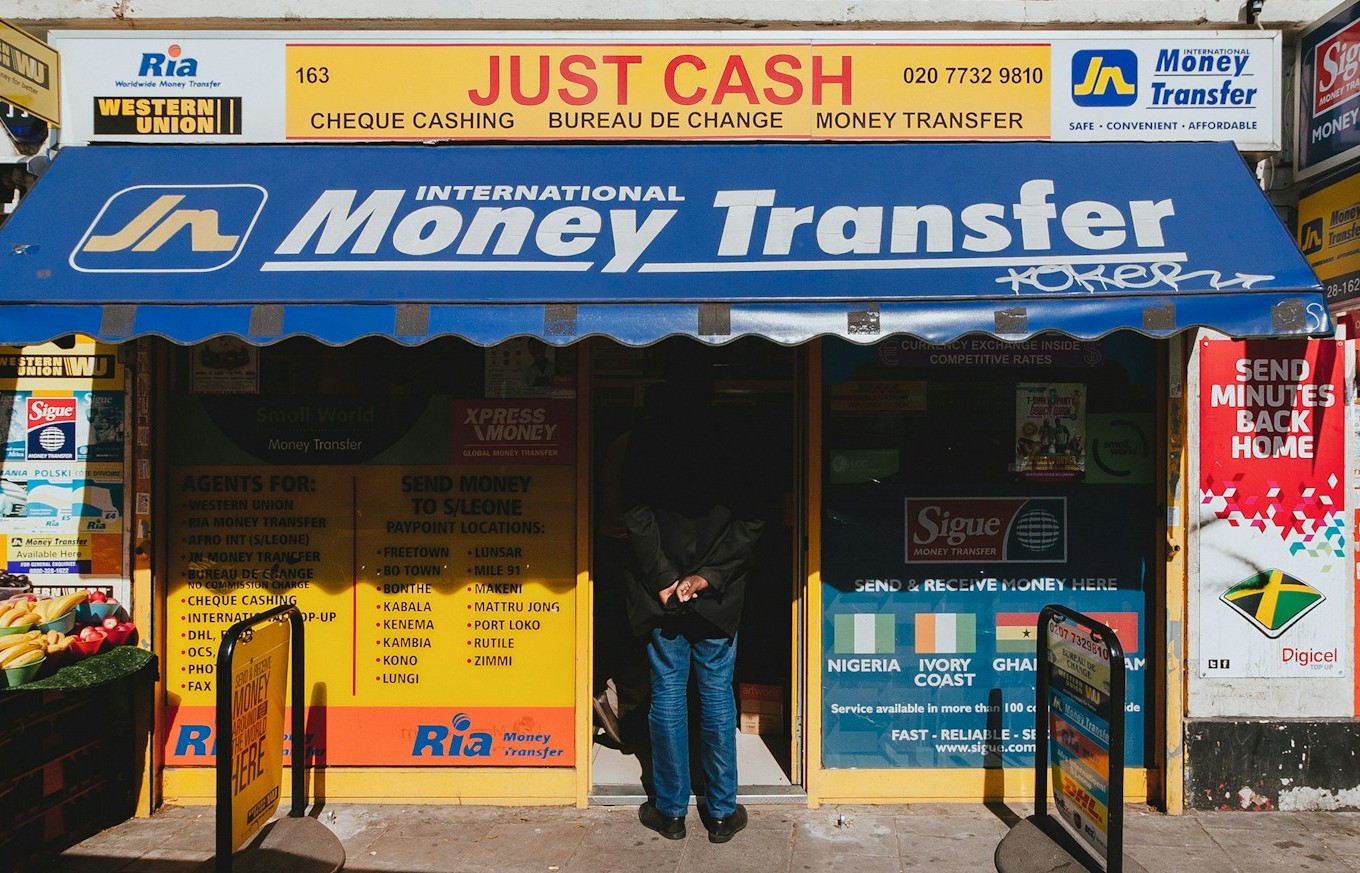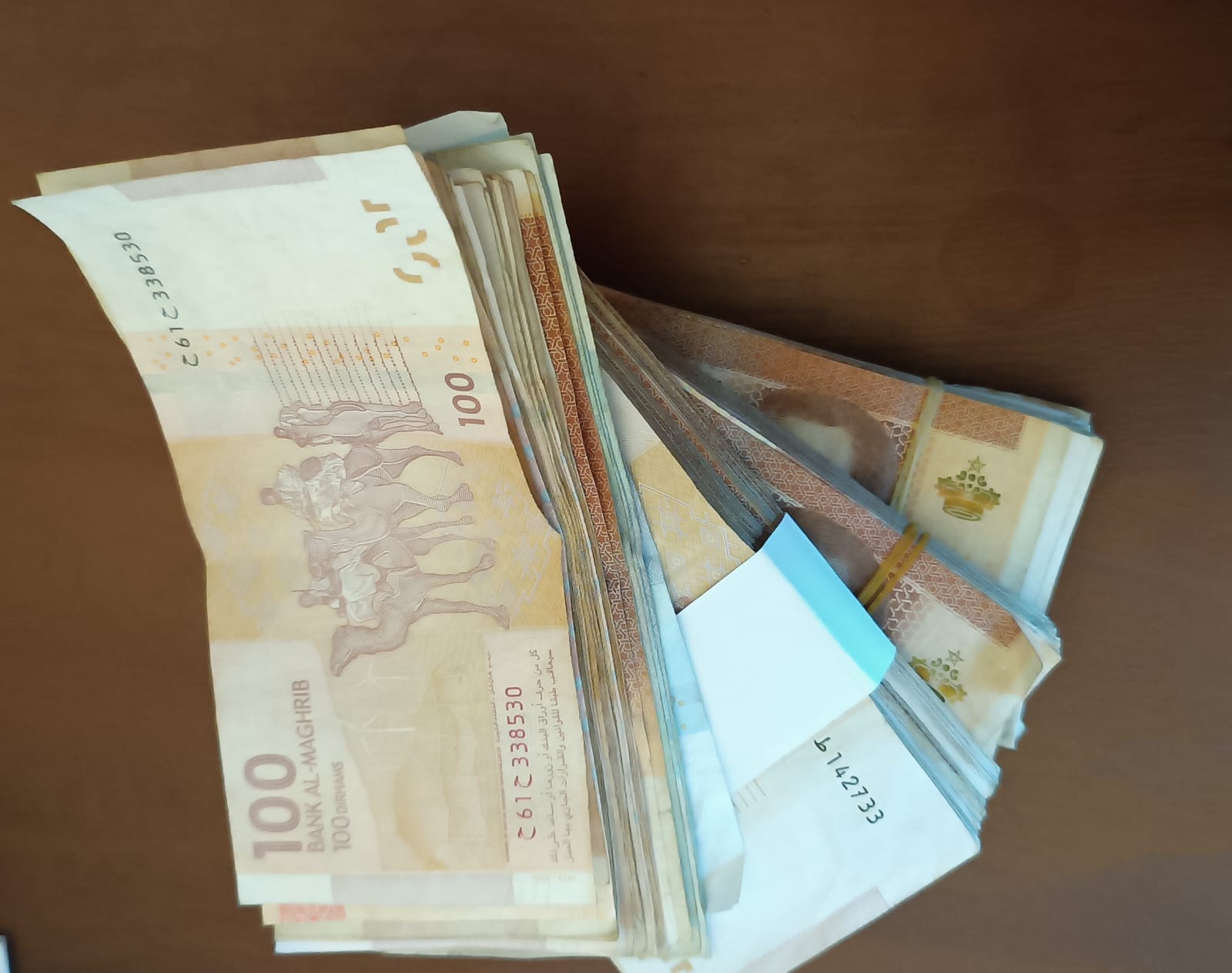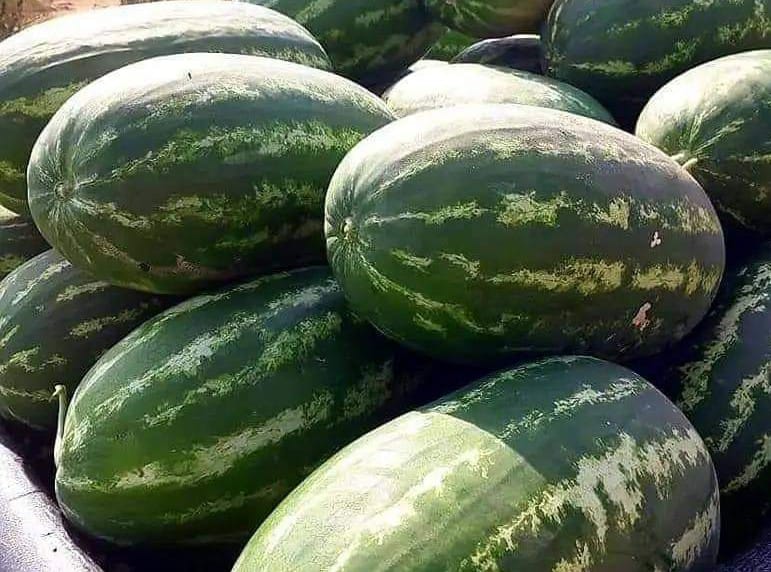Casablanca – Remittances sent by Moroccans living abroad have reached record levels, highlighting their crucial role in supporting both households and the national economy. According to the Office des Changes, transfers from Moroccans abroad reached $9.56 billion by the end of September 2025, compared to $9.45 billion during the same period in 2024—a year‑on‑year increase of 1.1 %.
For the full year, Moroccan diaspora remittances are estimated at around $12.13 billion in 2024, up 2.1 % from 2023. This steady inflow represents over 7–8 % of Morocco’s GDP, reflecting its significance as a stable source of foreign currency.
Macroeconomic context
Remittances are vital in helping Morocco navigate trade imbalances. By September 2025, the trade deficit in goods reached approximately $26.70 billion, due to imports growing faster than exports. Meanwhile, the services sector recorded a surplus of around $11.82 billion, partially offsetting the deficit. These figures illustrate how remittances complement Morocco’s foreign-exchange position and macroeconomic stability.
Impact on households
At the household level, remittances provide a financial lifeline, particularly in rural and semi‑urban areas. Families rely on these funds for consumption, education, healthcare, housing, and small business support. According to the International Fund for Agricultural Development (IFAD), “Remittances are a lifeline for millions of rural families, and Morocco serves as a model for integrating these flows into development strategies.”
Economic and developmental roles
At the national level, remittances support several economic functions:
- Strengthening foreign reserves: Providing stable inflows of foreign currency.
- Supporting domestic demand: Boosting consumption and local economic activity.
- Encouraging investment: Funding small businesses, housing projects, and human capital development.
Challenges and untapped potential
Despite strong inflows, only a small fraction of remittances is currently invested in productive ventures. Of the $12.13 billion sent in 2024, roughly 10 % went into direct investments, with the majority used for consumption. The cost of sending money remains high in some corridors, and financial inclusion gaps in rural areas persist, limiting the efficiency and reach of these flows.
There is also the issue of “consumption bias,” where funds primarily meet immediate household needs rather than generating long-term returns. Redirecting a greater portion toward savings, entrepreneurship, and skills development could amplify the impact of remittances on sustainable growth.
Policy measures and outlook
Morocco has implemented policies to facilitate diaspora engagement and investment, including digital payment solutions, diaspora bonds, and streamlined administrative procedures. Bank Al-Maghrib projects remittances to grow around 3 % in 2025, reaching approximately $12.6–12.7 billion, although global economic uncertainties and migration trends may influence actual outcomes.
To fully harness the potential of remittances, policymakers are focusing on:
- Reducing transfer costs and expanding access for rural recipients.
- Channeling more remittances into productive investments, such as entrepreneurship and real estate development.
- Enhancing financial inclusion and digital infrastructure to enable recipients to leverage funds beyond consumption.
Expatriate remittances continue to be a stabilizing and strategic factor for Morocco’s economy. With over $12 billion flowing annually, they support households, bolster national foreign reserves, and contribute to economic resilience. While the scale of these flows is impressive, increasing their productive use could further accelerate Morocco’s long-term development and economic diversification.
















